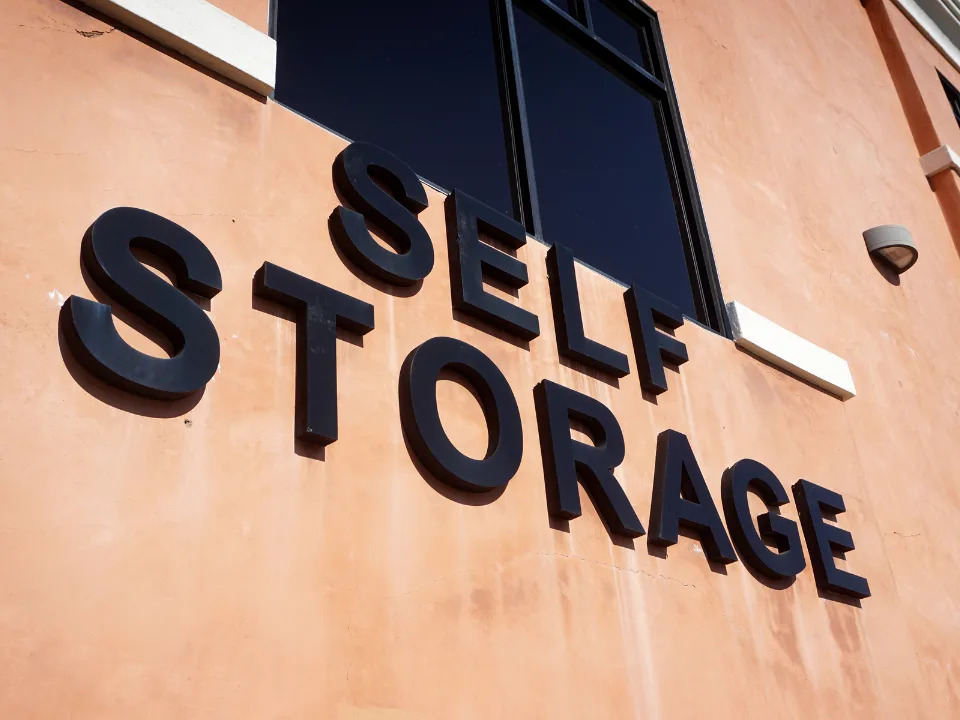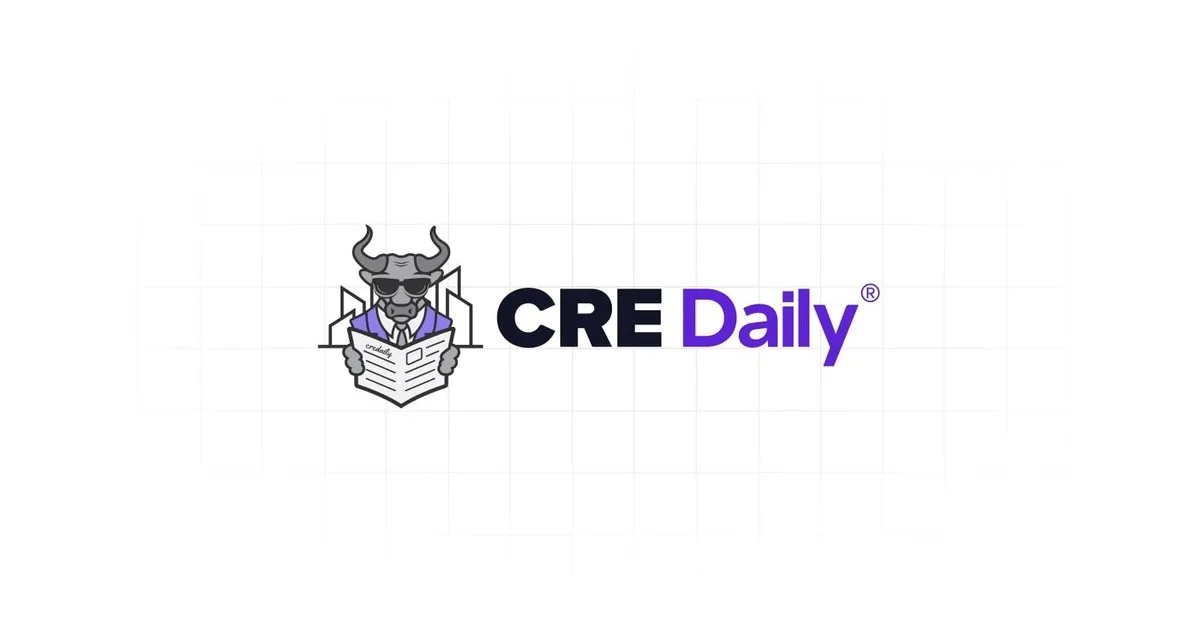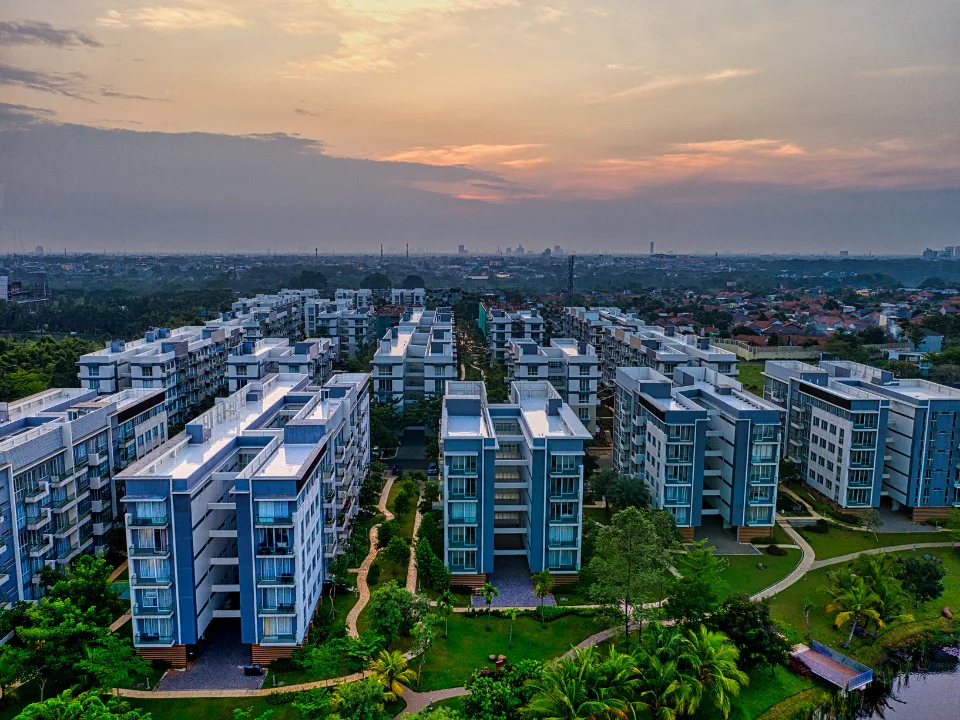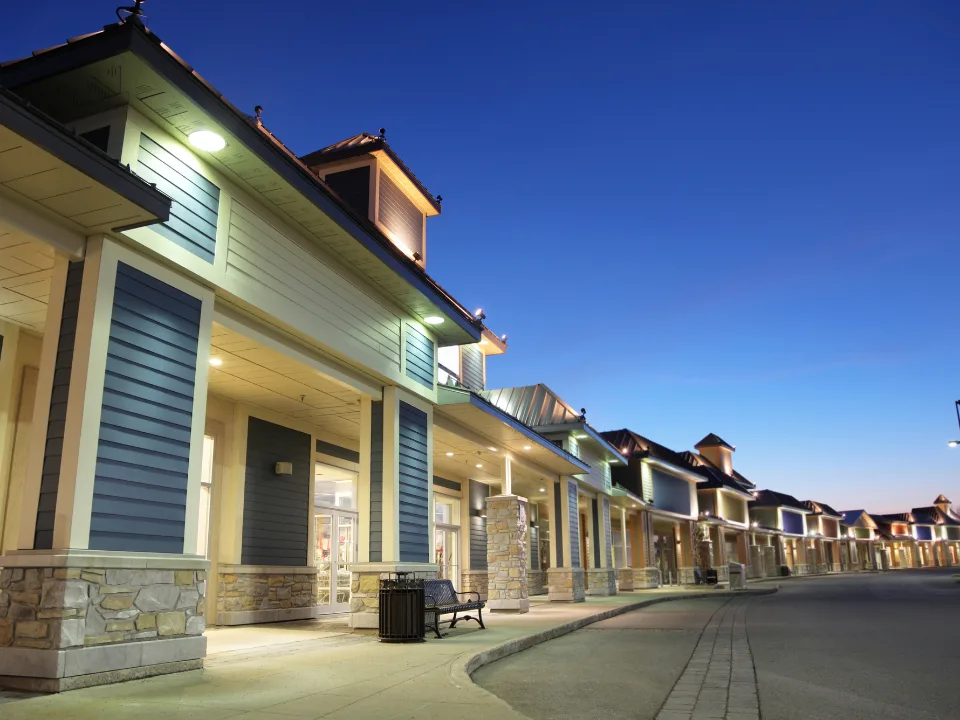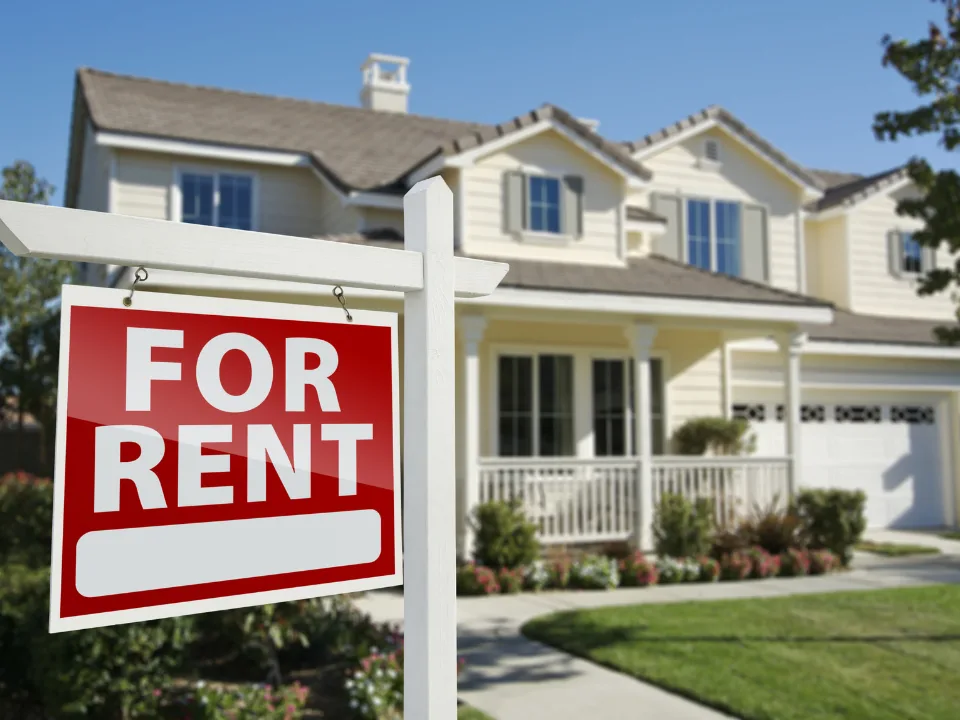Introduction:
In commercial real estate, common areas refer to elements of a property that are shared by all building tenants or owners.
These areas typically include lobbies, restrooms, parking areas, corridors, conference rooms, fitness facilities, and more.
Common areas come with expenses known as Common Area Maintenance (CAM) or operating expenses, which are specified in commercial lease agreements.
Key Takeaways:
- Common areas in commercial buildings are shared spaces used by all tenants or owners.
- Common Area Maintenance (CAM) refers to the expenses associated with the upkeep of common areas.
- Common area provisions cover services like cleaning, repairs, maintenance, security, parking, and property management.
How it Works:
Common area maintenance is governed by the common area provision in a commercial lease agreement.
Tenants are required to pay their proportionate share of operating expenses incurred by the landlord.
These expenses are typically expressed as a cost-per-square-foot and cover services such as cleaning, repairs, maintenance, security, parking, property management, and necessary capital improvements.
Key Components:
- Cleaning: Janitorial staff or contracted companies are responsible for cleaning common areas. Tenants contribute to the janitorial contract fees.
- Systems: Common areas may include HVAC, plumbing, lighting, electrical systems, which tenants share the cost of maintaining.
- Capital Improvements: Major upgrades or improvements to common areas may fall under capital improvements. Tenants may be responsible for a portion of these costs.
- Property Management: Property management companies handle various tasks such as leasing, operations, maintenance, tenant communication, and financial services. Tenants share the cost of contracting with a property management company.
- Parking: Tenants contribute to the costs of maintaining parking areas, including repairs, snow plowing, and staffing.
- Security: Common area maintenance fees cover on-site security patrol, alarm systems, fire, and smoke systems.
Benefits:
- Well-Maintained Spaces: Landlords ensure common areas are well-kept and functional, allowing tenants to utilize them without worrying about upkeep.
- Fair Cost Allocation: Tenants pay their fair share of expenses through prorated operating expenses.
- Essential Services: Common area maintenance covers essential services like cleaning, repairs, and security that benefit all tenants.
- Professional Management: Property management companies handle various tasks, relieving tenants of some responsibilities.
Takeaway:
Tenants should carefully review the common area maintenance provision in their lease agreement to understand the expenses they are responsible for.
It’s essential to clarify what is included in common area maintenance fees and negotiate any terms that may be unfavorable.
Working with a trusted broker can provide guidance during these discussions, ensuring tenants only pay their fair share and receive the benefits of well-maintained common areas.
Disclaimer: The information on this website, including glossary definitions, is for educational and informational purposes only and not intended as professional advice. While we strive for accuracy, we make no guarantees regarding the completeness, reliability, or timeliness of the information provided. We are not liable for any loss or damage arising from your use of the site. Investment decisions in commercial real estate should be made based on individual due diligence and professional advice. Laws and regulations are subject to change; always consult legal and financial experts before making decisions.
Sources:
https://allegrorealty.com/articles/the-common-area-provision-explained-why-it-matters-to-tenants
